— 6 min read
Harnessing Energy: Advancements in Offshore Wind Farm Construction
Last Updated Apr 10, 2025
Last Updated Apr 10, 2025
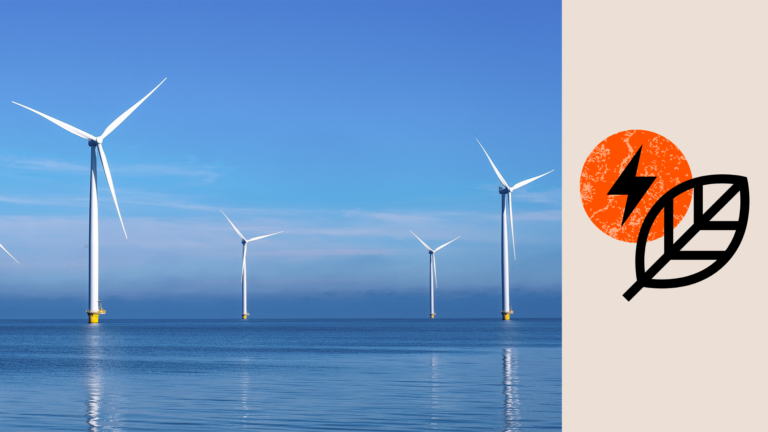
Offshore wind farms harness the potential of oceanic wind resources, providing a reliable and eco-friendly power source. As energy demand continues to escalate worldwide, these vast installations offer construction professionals an opportunity to participate in sustainable development.
The construction of offshore wind farms involves a combination of cutting-edge engineering, logistics and environmental considerations, requiring expertise in marine construction, project management and specialized regulatory standards. Foreseeing the challenges can help companies undertake these projects with preplanning to reduce delays, maintain site safety, and mitigate cost overruns for profitable delivery of high-quality structures.
This article will cover the differences between onshore and offshore wind farm construction, the steps in building offshore wind farms and common challenges and solutions for construction professionals.
Table of contents
Onshore vs. Offshore Wind Farms
Offshore wind farms are collections of wind turbines located in a body of water — usually the ocean — to exploit the strong marine winds to generate electricity.
Both onshore and offshore wind farms are part of the global shift to increase renewable energy sources. Due to their accessibility, onshore wind farms are typically easier and less expensive to construct and maintain. They benefit from established infrastructure and lower logistical costs, making them a popular choice for many regions.
However, onshore facilities can face challenges such as land use conflicts, noise concerns and visual impact on local landscapes. Offshore wind farms are often several miles from the coast, where wind speeds are generally stronger and more consistent. This positioning allows for larger turbines and higher energy output, and can also reduce some of the complaints against land-based wind farms. Unforuantely, they involve more complex engineering and higher initial costs due to the challenge of building in marine environments and the need for specialized equipment and vessels. Maintenance and grid connection can also be more challenging, but technological advancements continue to reduce these barriers.
Both types of wind farms help diversify energy sourcing and reduce carbon emissions. While onshore projects offer more immediate and lower-cost solutions, offshore installations provide long-term potential for large-scale energy production, helping to sustainably meet increasing global energy demands.
The Process of Offshore Wind Farm Construction
The construction of offshore wind farms requires extensive planning and involves multiple stages. Engineering details, such as the choice of foundation and concrete types, support the longevity and resilience of offshore wind farms, which are tailored to each site's specific environmental challenges. Below is an overview of the key steps involved in building an offshore wind farm.
Investigate the site.
The initial phase involves conducting comprehensive feasibility studies, including site investigations and geotechnical, geophysical and environmental assessments. These studies help determine the seabed conditions, wind speeds and potential ecological impacts, guiding design and construction decisions.
Obtain the necessary permits.
Projects must secure the necessary permits and approvals from federal authorities like the Bureau of Ocean Energy Management (BOEM) and state environmental agencies. Companies must conduct thorough research to make sure the project complies with legal and environmental standards, addressing concerns such as marine wildlife protection and navigational safety.
Plan the facility.
Detailed planning includes designing the wind farm layout and selecting appropriate technology and logistical arrangements. This phase also involves choosing the type of foundations, such as monopiles, jackets or floating platforms, based on water depth and seabed conditions.
Construct individual parts.
Components such as turbine blades, towers and nacelles are often manufactured at specialized facilities onshore. High-strength concrete and corrosion-resistant materials are used to withstand harsh marine conditions. For instance, high-performance concrete (HPC) is commonly used for its durability and reduced permeability.
Install the foundation.
Once the seabed is surveyed to identify obstacles and hazards, the foundations are installed, often using noise-reduction technologies to minimize impact on marine life.
Lay the connecting cables.
Subsea cables connect the turbines to each other and the offshore substation. Laying them involves trenching and burial techniques to protect cables from environmental damage and maintain stable power transmission.
Assemble the tower and turbine.
Turbines are transported to the site using specialized vessels such as heavy-lift ships or jack-up rigs. Installation involves assembling the tower sections and mounting the nacelle and rotor blades. Exact measurements and engineering precision are necessary for the structure's stability and efficiency.
Connect to an offshore substation.
The turbines are connected to an offshore substation, which consolidates the electricity generated. This substation transforms the voltage to a higher level, which is suitable for transmission to shore, minimizing energy loss over long distances.
Commission and begin operation.
The offshore wind farm undergoes testing of its mechanical, electrical and safety systems before transitioning to operation. The offshore substation is linked to the onshore grid through export cables. This connection completes the wind farm's integration into the national grid, enabling the distribution of clean energy to consumers.
Solving Construction Challenges of Offshore Wind Farms
Offshore wind farm construction presents a unique set of challenges due to its complexity and the demanding environment in which these structures are built.
Predicting potential obstacles can help project managers plan mitigation strategies to minimize the impacts on the construction process. Below are some of the primary challenges faced during construction, along with potential solutions.
| Challenge Type | Problem | Solution |
|---|---|---|
| Weather Conditions | Unpredictable and harsh weather conditions, such as high winds and rough seas, can significantly impact construction timelines and safety. | Advanced weather forecasting tools help plan construction activities. Operations are often paused for safety during adverse weather. Specialized equipment, such as jack-up rigs, provides stability in rough conditions. |
| Marine Environment | Saltwater's corrosive nature and marine life's presence pose challenges to construction materials and processes. | Using corrosion-resistant materials, such as high-performance concrete and special coatings, extends the lifespan of structures. Environmental impact assessments guide the implementation of measures to protect marine ecosystems. |
| Logistics Complexity | Coordinating the transport and assembly of large components in remote offshore locations requires intricate logistical planning. | Using corrosion-resistant materials, such as high-performance concrete and special coatings, extends the lifespan of structures. Environmental impact assessments guide the implementation of measures to protect marine ecosystems. |
| Specialized Equipment Availability | Optimizing the use of specialized vessels like dynamic positioning ships and heavy-lift cranes can be challenging. These vessels are required for transporting, installing, and maintaining wind farm components, affecting cost and efficiency. | Implementing robust resource management through construction software can minimize equipment downtime and allow efficient operations in offshore conditions. |
| Environmental Mitigation | Minimizing the impact on marine life, seabirds and the seabed is a ongoing concern during construction. | Thorough environmental assessments and monitoring enable the development of mitigation strategies, such as timing construction to avoid sensitive periods for marine wildlife or implementing noise reduction techniques. |
| Safety Risks | The challenging construction environment and specialized heavy equipment involved in offshore installation pose risks to personnel. | Rigorous safety training, using personal protective equipment (PPE) and adherence to safety protocols mitigate risks. Implementing real-time communication systems and emergency response plans further enhances safety. |
Addressing the challenges of offshore wind farms requires an integrated approach combining technology, strategic planning and environmental stewardship, ensuring successful and sustainable construction of offshore wind farms.
Stay updated on what’s happening in construction.
Subscribe to Blueprint, Procore’s free construction newsletter, to get content from industry experts delivered straight to your inbox.

Optimizing Offshore Wind Farm Construction with Technology
The expense and complexity of offshore wind farm development and construction require skilled project management to mitigate financial, environmental and safety risks. Efficiently managing permitting details, ecological impact and engineering plans can help companies control schedules and adhere to budgets for timely project delivery.
Construction management technology provides tools to optimize the use of limited resources, such as trained employees, specialized vessels and advanced materials needed to construct offshore wind farms. Implementing comprehensive project management software to make data-driven decisions and increase team communication can help companies realize these complex but important energy infrastructure projects to help provide the power our societies demand.
Was this article helpful?
Thank you for your submission.
0%
0%
You voted that this article was . Was this a mistake? If so, change your vote here.
Scroll less, learn more about construction.
Subscribe to The Blueprint, Procore’s construction newsletter, to get content from industry experts delivered straight to your inbox.
By clicking this button, you agree to our Privacy Notice and Terms of Service.
Categories:
Tags:
Written by
Julia Tell
43 articles
Julia Tell is a freelance writer covering education, construction, healthcare, and digital transformation. She holds a Ph.D. in Media & Communications and has written for publications including Business Insider, GoodRx, and EdSurge, as well as nonprofits, international businesses, and educational institutions.
View profileExplore more helpful resources
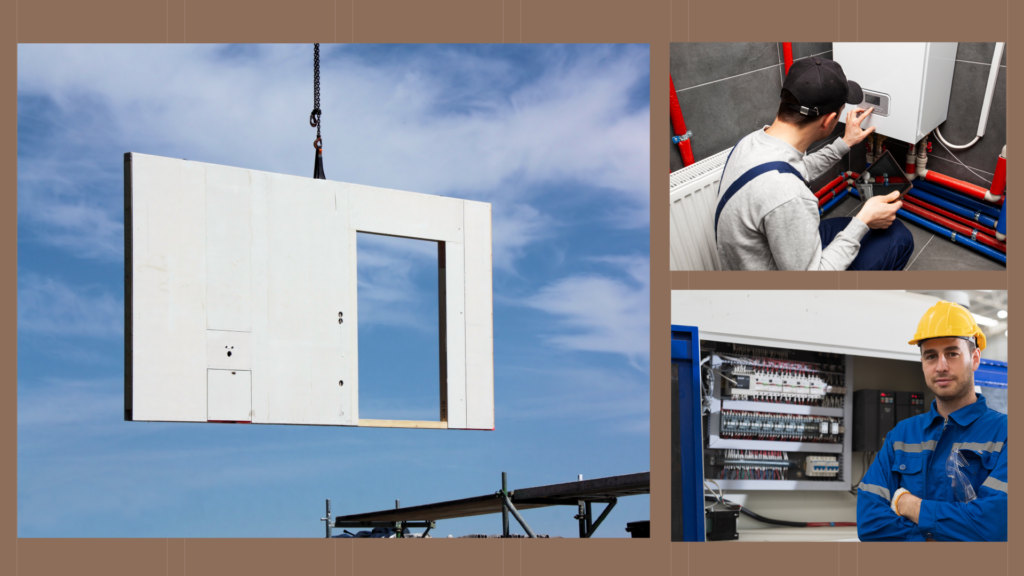
Modular Construction and MEP: A Collaborative Pairing
In an age of supply chain disruptions, workforce shortages, and rising material costs, off-site construction — including modular construction methods and prefabricated materials — is surfacing as a multipurpose solution....
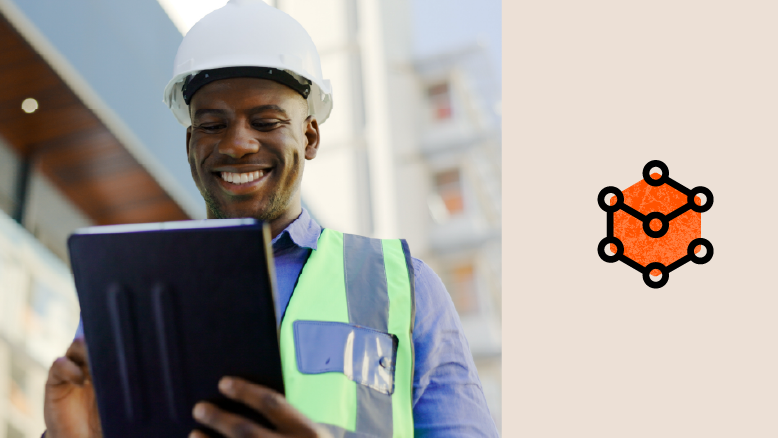
Connected Construction: Transforming the Industry Through Integration
Construction projects are becoming increasingly complex, so companies need to innovate to accurately and profitably complete these modern structures. Connected construction — using technology and data to improve communication, processes...
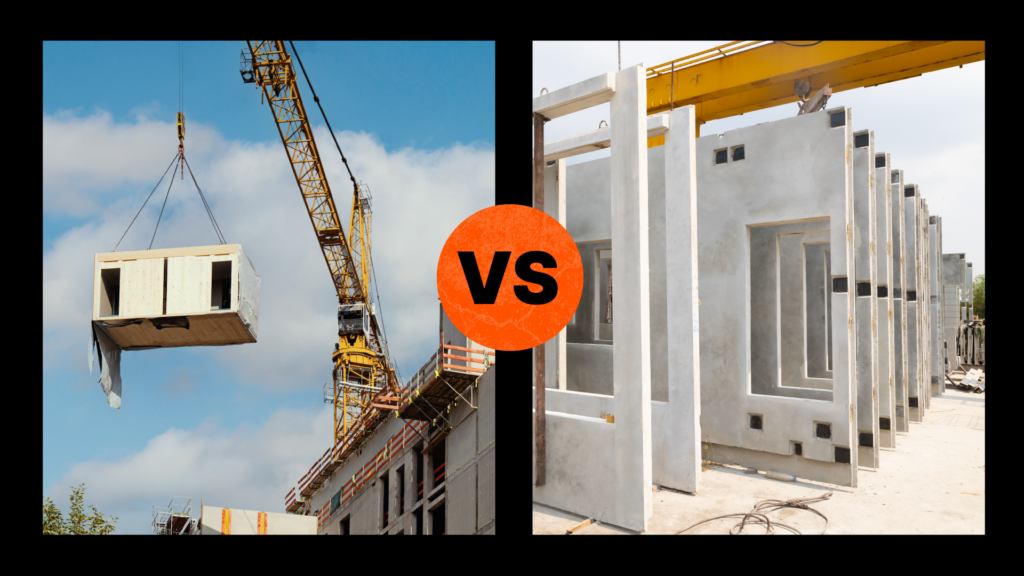
Off-Site Construction: Prefab vs. Modular
As the construction world becomes ever more competitive, deadlines get tighter and the margin for error gets slimmer, project owners around the world are always looking for an edge. Thanks...
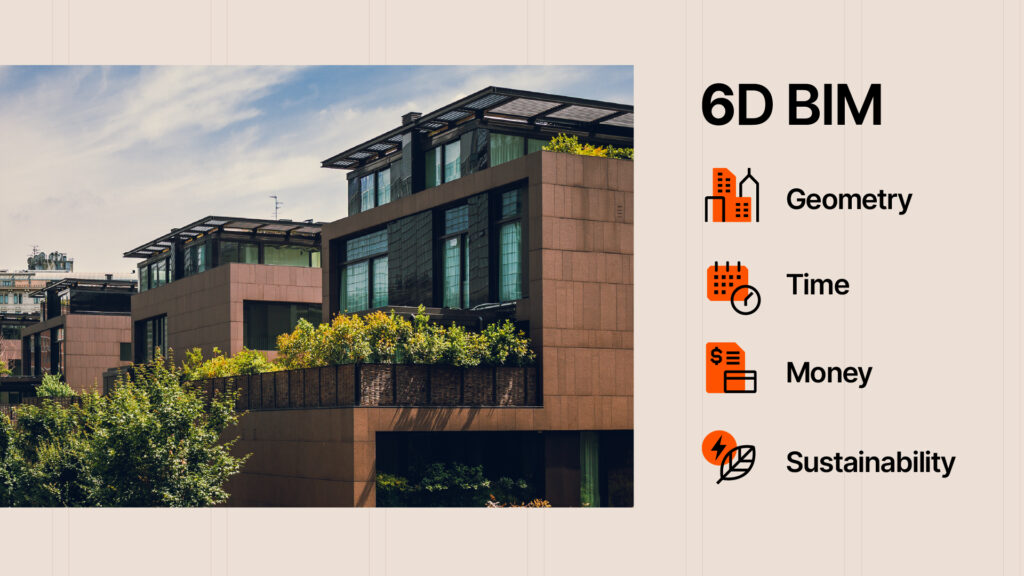
The Role of BIM in Sustainable Construction
Building information modeling (BIM) is transforming the architecture, engineering, and construction (AEC) industry. With this kind of sophisticated modeling, the industry has shifted from designing in 2D to 3D. This helps...